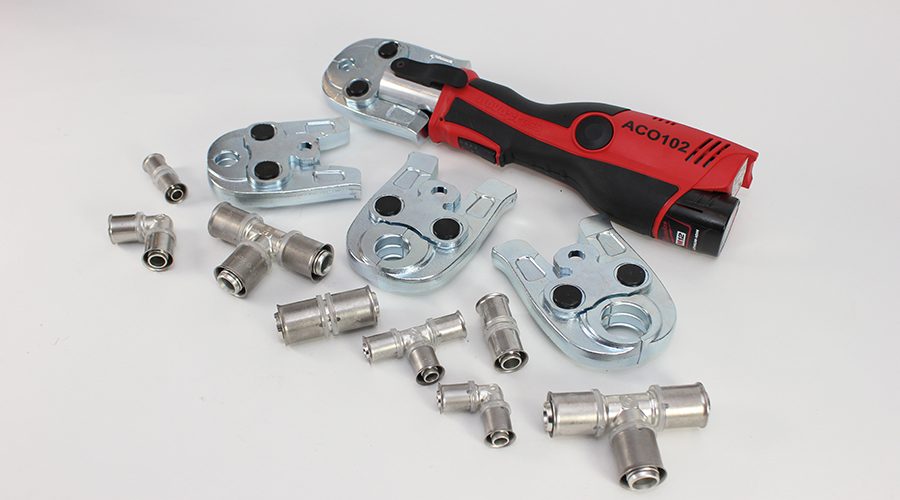John Gittens, Business Development Director of Maincor, looks at the benefits of press-fitting and why it is quickly becoming the go-to connecting solution for public sector buildings.
Maincor
While traditional methods for fitting pipework still have their place, press-fitting systems are increasingly being used by installers due to a variety of benefits.
When working on public sector projects, including social housing fit-outs, press-fitting can save time and reduce maintenance call-outs quite significantly. In fact, depending on the system used, press-fitting can more than half the installation time and make the entire install a lot more efficient.
With no naked flame required as when soldering, press-fitting is a lot safer, less of a risk and very suitable for retrofit projects.
However, the biggest selling point of press-fitting over and above other methods is the peace of mind it provides. The finished project will be leak-free and completely sealed, making the whole thing safe – something that cannot always be said of traditional or push-fit connecting methods and can often lead to expensive and time-consuming maintenance issues further down the line.
Maincor press fittings, for example, will leak if the fitting is not pressed, leaving less room for errors. Offering less chance of errors, a viewing window enables the installer to check if the pipe is inserted into the connection fully which means that there is less chance of work being covered over before the leak is discovered, reducing warranty costs for the installer.
The fitting also has one large O ring, which is much more substantial than an ordinary O ring as it is much harder to dislodge or damage as the pipe goes into the fitting, smoothly and quickly. Other benefits of this option include a larger internal bore which allows for significantly increased flow and viewing windows that allow the installer to check the pipe is inserted correctly, reducing the chance of joint assembly errors occurring.
Cost is another big factor in pipework specification, and as the price of raw materials such as copper continues to rise and public sector budgets always being scrutinised, there is a substantial shift towards press-fitting systems and multi-layer composite pipes (MLCP), due to the considerable savings that can be made on installation times.
Use of multi-layer barrier pipes, which include a metal layer to protect against degradation, has grown most significantly in the water supply sector, due in some part to the increasing health and safety legislation in the public sector and in the building industry as a whole.
Another big advantage of MLCP when compared to alternatives such as copper is the need for fewer connections, as pipes are available in a range of straight lengths and various flexible coil lengths. Keeping installation costs down; this also reduces the potential for leaks, which can cause tenants and maintenance teams a real headache. MLCP can be formed around corners and obstructions without having to add fittings or connections, ideal when pipework needs to be installed within a wall, ceiling or under a floor and for all types of retrofitting.
Hygiene is another important consideration for specifiers, particularly in regard to water supply systems in public sector buildings. MLCP pipes are capped during manufacture, so they are hygienically clean on arrival on site and are resistant to limescale build-up, making it an ideal material for carrying drinking water. Copper pipes, on the other hand, are most often open-ended and left unprotected so can harbour dirt and bacteria even prior to installation and can be very difficult to remove once present.
Environmental issues are also taken into consideration with MLCP, adding to the rise in use of this material due to its sustainability credentials.
When considering transportation, manufacturing and disposal, MLCP is a lighter product than copper, which significantly reduces the environmental impact of the product, something that will have a bearing on its suitability for public sector projects where sustainability is high on the agenda.
Flexible, fast, safe, sustainable and durable – with such advantages stacking up there is little wonder why installers are increasingly making the switch to press-fitting and MLCP for public sector projects.










